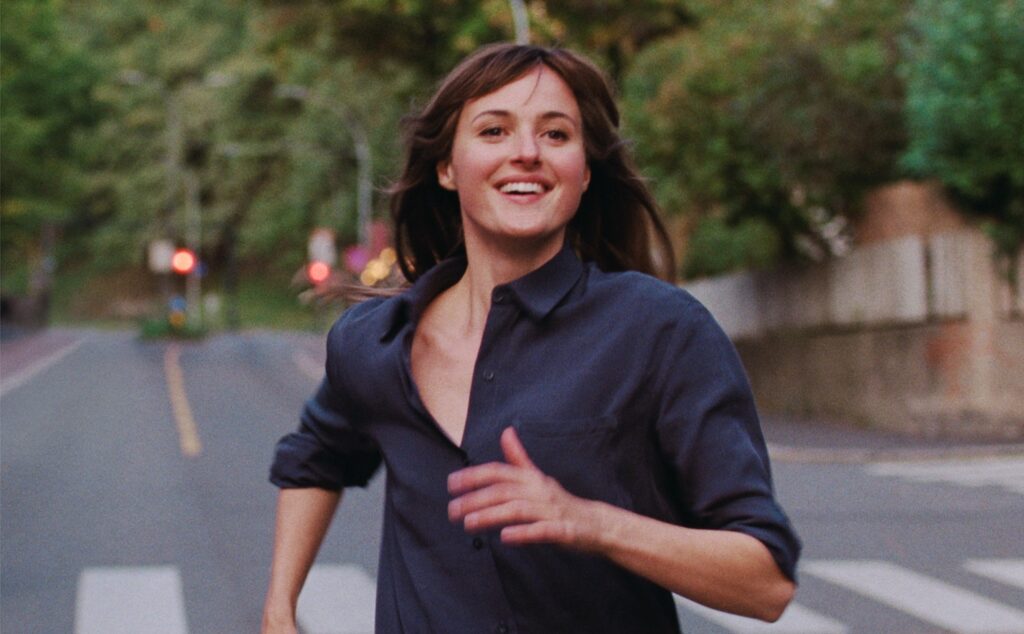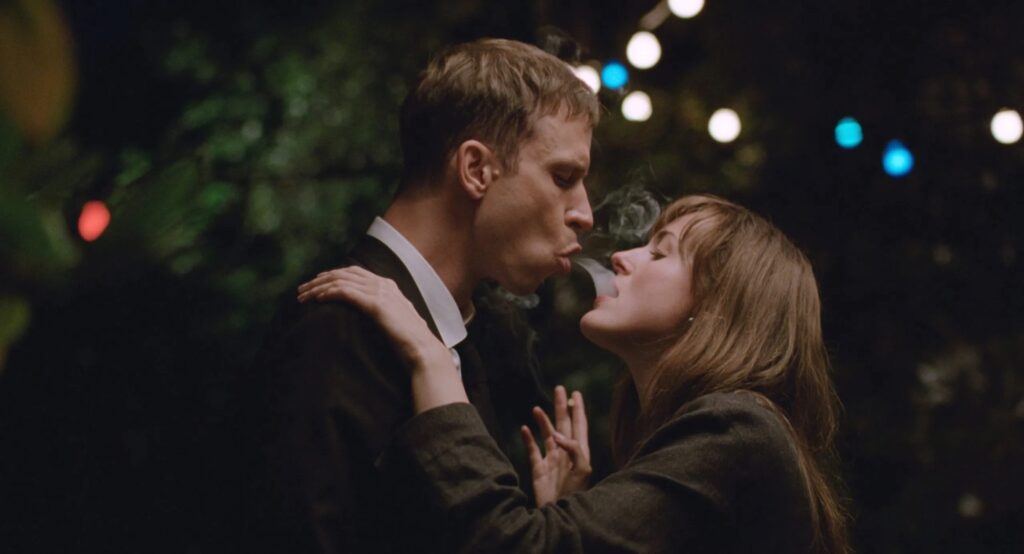The conclusion to Joachim Trier’s ‘Oslo trilogy’, The Worst Person in the World is surely his most thematically expansive film yet, and certainly merits its nomination for Best Original Screenplay at the Oscars earlier this year – its main obstacle to the prize being the ‘one-inch barrier of subtitles,’ as Bong Joon Ho would have it. However, the language that we hear and see is not The Worst Person in The World’s native tongue – it speaks the language of humanity, more fluently that any film released this decade.

You have nowhere to hide from Trier’s intrusively candid portrayal of a woman in crisis, reconciling herself with that very fact; as Renate Reinsve’s Julia reaches 30, her desperate lack of conviction leaves her in a state of flux from which she tries to escape by flitting between relationships, professions and personalities. This restless yet intensely focused yearning for definition and purpose is established narratively and visually – the almost constant shallow focus rarely allows a step back, Julia fixates (as we all do to some extent) on one thing at a time and becomes blind to the bigger picture, one which scares her as she sees herself running out of time for her identity to materialise.
When she gains perspective on a moment, the camera pulls back, but the shots that could be still shake at the edges, as when she experiences an isolated moment of clarity and freedom with another man that still feels precarious, fleeting. Julia might think that she is ‘the worst person in the world’ for wanting to cheat but she is exercising her fantasy of acting without worrying about the effect on someone she deeply cares about – this aspect of relationships is seldom conveyed as succinctly as here.
The deeply human fear of failure that drives Julia’s inability to “see things through”, as she puts it, is revealed through her freedom in these isolated moments, sporadically arising throughout the film, where Julia revels in the lack of consequence that these situations provide, an inability to fail and an absence of permanent effect from her actions – a mesmerising drug trip leads to a long-awaited confrontation with her father, only carried out in the fantastical world of her distorted mind.

The vignette style (the entire film split into 12 chapters, a prologue and an epilogue) allows for a thematically diverse and lean narrative where each chapter helps to construct a web of Julia’s character inconsistencies, as we see her restlessly indeterminate identity cracking under her perceived obligation to come of age. Each vignette reveals a different lens on Julia, not bogged down by the story but freed by its themes, more focused on exploring the most illuminating chapters of her character development than on thrusting a certain rhetoric forward – Trier allows the audience to draw their own conclusions freely.
Julia’s wavering conviction is compounded by a pressure to commit to motherhood – she shrinks away from this challenge, needing to find purpose in herself before it is thrust on her as a parent. In straying from the accepted duty of mature women to focus on her own self-actualisation, she (narcissistically) sees herself as ‘the worst person in the world’, failing to conform to modern society’s expectation of self-definition. This feeling of otherness is prevalent in all of us; we tend not to fit precisely to the preordained categories of society but attach ourselves to the closest one to our character. Julia’s crisis of identity comes as she rebels from this restrictive philosophy and leads to her paralysing fear of commitment, not willing to risk defining herself as she is afraid that the person that will come forth might actually be the worst person in the world.
This film will find you, regardless of who you are or where you are – it will seek you out and tell you things that you never knew about your own life and the life of all humans in the 21st Century – not things to miss out on, in any case.
The Worst Person in the World is out via MUBI from May 13th.
